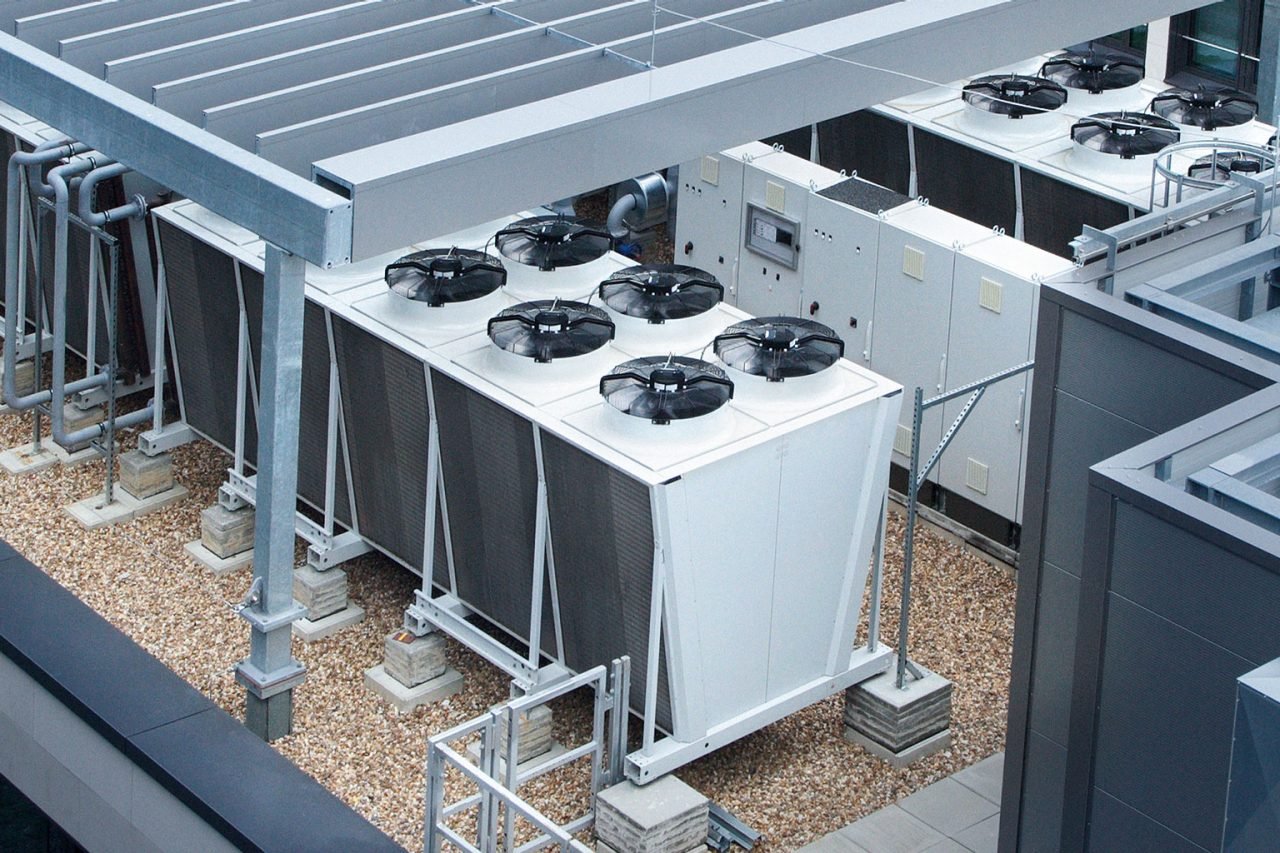On October 19, 2023, the US Environmental Protection Agency (EPA) proposed to establish requirements for the management of hydrofluorocarbons (HFCs) potentially released from equipment during maintenance or other services, and manage spent HFCs.. These rules support US efforts to implement the 2016 Kigali Amendment to the United Nations-sponsored Montreal Protocol on Substances that Deplete the Ozone Layer (which I wrote about HERE), and codified in the December 2020 coronavirus relief bill (American Innovation and Manufacturing Act of 2020 (AIM Act; which included dozens of unrelated provisions within its 5,593 pages). EPA adopted its over-arching HFC phase-down rules in September 2021 (I wrote about them HERE), and continues to adjust and refine their requirements. The remainder of this note summarizes EPA’s new proposal, which would impose requirements using authority under the Clean Air Act (CAA) and the Resource Conservation and Recovery Act (RCRA).
Read MoreAudit, Compliance and Risk Blog
EPA proposes management requirements for equipment containing HFCs
Posted by Jon Elliott on Mon, Nov 06, 2023
Tags: EPA, RCRA, Environment, HFCs, Environmental Policy, CCA, environmental protection, CFC
The US had been a major player in the drafting and enactment of the Kigali Amendment (during President Obama’s administration), but then withdrew its support (during President Trump’s administration). However, the US enacted Kigali-like requirements in the December 2020 coronavirus relief bill (American Innovation and Manufacturing Act of 2020 (AIM Act)), among the many provisions buried within its 5,593 pages; EPA finalized its rules in September 2021 (I wrote about these rules here).
The remainder of this note summarizes the situation.
Why are HFCs being phased down, and how?
HFCs were developed primarily as substitutes for chlorofluorocarbons (CFCs), which are the principal ozone depleting substances (ODSs) targeted by the Montreal Protocol. HFCs have lower but non-zero ozone depleting potential, and are greenhouse gases that contribute to climate change. Accordingly, nearly 30 years after the initial 1987 approval of the Montreal Protocol roughly 200 national and international parties negotiated HFC phase-downs. As adopted in Kigali, Rwanda these amendments divide countries into three groups with different schedules and targets:- developed nations including the United States – cut consumption to 90% of 2011-2013 baseline of most HFCs (plus 15% of those already covered by the Protocol) by 2019, declining to 15% by 2036
- most developing nations, including China and over 100 others - consumption to peak in 2024 at 100% of 2011-2013 baseline of most HFCs (plus 25% of those already covered by the Protocol), declining to 20% by 2045
- 10 hot-climate developing countries (where air conditioning is particularly important), including India, Pakistan and some Gulf states - consumption to peak in 2028 at 100% of 2011-2013 baseline of most HFCs (plus 25% of those already covered by the Protocol), declining to 15% by 2047
After the Trump administration replaced the Obama administration, the US took no action on this agreement. During this period, however, other countries have moved forward to ratify and work to meet their commitments.
What HFC-related provisions did the AIM Act enact?
The massive coronavirus relief bill includes Division S (“Innovation for the Environment”), with section 103 (“American Innovation and Manufacturing Act of 2020”). Without mentioning the Kigali Amendment, section 103 incorporates its requirements into US law:- the legislation lists 18 specific HFCs, and authorizes EPA to designate additional formulations
- EPA was to calculate 2011-2013 production and consumption baselines for each, and to use these to calculate future phase-down levels ranging from 90% in 2020 to 15% in 2036 and thereafter
- EPA was to issue regulations with 270 days (by 9/23/21) to set phase-down requirements, with associated procedural requirements including allowances associated with each baseline amount, and reclamation and destruction methods
EPA’s rules are designed to meet these requirements. In addition, EPA has initiated or re-invigorated other programs to support the phase-down of HFCs and their replacement by refrigerants that are less harmful to global climate and the stratospheric ozone layer.
What now?
Ratification will become official once the US submits formal notification to the United Nations. The new rules took effect on November 4, 2021 and are progressing; EPA proposed 2024-reduction formulas on October 20, 2022.. While domestic requirements will not change from those enacted through the AIM Act, ratification returns the US to the center of international HFC-reduction efforts, and reinforces national commitments to the environment.IImplementation Checklist
- Does the organization manufacture, import or use any ozone depleting substance (ODS) subject to the Montreal Protocol and/or CAA Title VI?
- If the phase-out date for any ODS has passed, do any of the organization’s activities qualify with applicable exceptions or essential uses?
- Does the organization manufacture, import or use any HFCs?
- Has the organization reviewed any such activity to identify alternatives for any HFC that is or may become subject to phase-down under US and international law?
Where do I go for more information?
Information available via the Internet includes:
● US legislation
Tags: Environmental risks, Greenhouse Gas, climate change, Environment, HFCs, Ozone Layer, Environmental Policy, Climate
On September 23, 2021, the US Environmental Protection Agency (EPA) announced final rules to phase down production and consumption of specified hydrochlorofluorocarbons (HFCs) (I wrote about the proposal HERE). These HFCs are used in refrigeration and air conditioning and fire suppression, and as foam blowing agents and solvents. These rules are consistent with directives included in the 2016 Kigali Amendment to the United Nations-sponsored Montreal Protocol on Substances that Deplete the Ozone Layer (which I wrote about HERE). The US finally enacted statutory support for Kigali-like requirements in the December 2020 coronavirus relief bill (American Innovation and Manufacturing Act of 2020 (AIM Act)), which included dozens of unrelated provisions within its 5,593 pages.
Read More
Tags: EPA, climate change, Environment, HFCs, Montreal Protocol, Ozone Layer
On April 30, 2021, the US Environmental Protection Agency (EPA) proposed rules to phase down production and consumption of specified hydrochlorofluorocarbons (HFCs), consistent with directives included in the 2016 Kigali Amendment to the United Nations-sponsored Montreal Protocol on Substances that Deplete the Ozone Layer. These rules were authorized by the massive coronavirus relief bill (American Innovation and Manufacturing Act of 2020 (AIM Act)) enacted in December 2020, which included dozens of unrelated provisions within its 5,593 pages.
Read More
Tags: EPA, climate change, Environment, HFCs, Montreal Protocol, Ozone Layer, AIM Act, ODS




